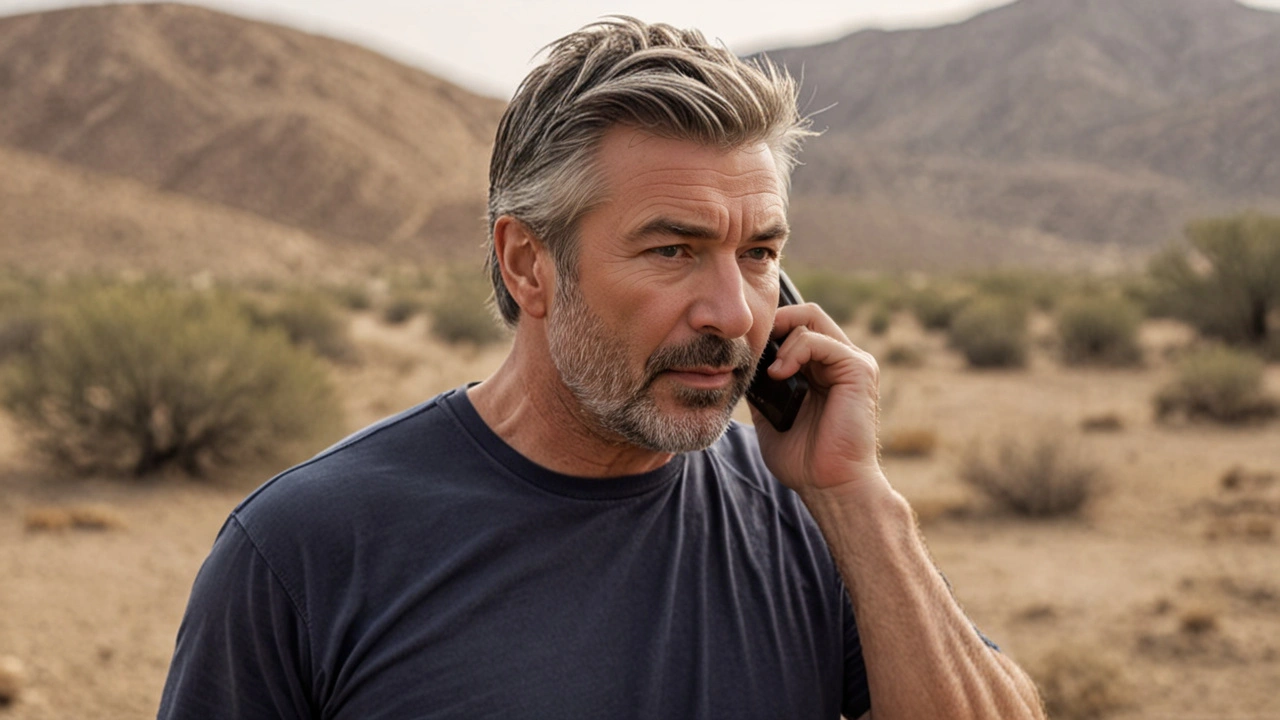Film Set Accident: Stay Safe, Act Fast
Film sets can be risky places. Heavy gear, stunts, weapons, and pyrotechnics all add layers of danger. This page gives clear, useful steps for preventing accidents and for what to do if something goes wrong — whether you’re a PA, a producer, a stunt performer, or an actor.
Immediate actions after an accident
First, stop work. Don’t move an injured person unless they’re in immediate danger (fire, collapsing structure). Call emergency services right away and tell them exactly where you are and what happened. While waiting, provide basic care: control bleeding with pressure, keep the person warm, and reassure them. Designate someone to track who saw the incident and to secure the area so evidence stays intact for any later investigation.
Inform the production manager or safety officer immediately. They should contact on-site medical staff or an ambulance and begin the official incident log. Make sure witnesses give written statements before memories fade. If weapons or stunts were involved, preserve the props and equipment exactly as they were — do not reconfigure or clean them until investigators see them.
Preventing accidents: practical safety checklist
Prevention beats first aid. Start with a written risk assessment for every scene that involves stunts, special effects, or firearms. Hire certified stunt coordinators and licensed armorers for weapon scenes. Run full rehearsals with safety gear and fail-safes in place. Brief every department — camera, grip, lighting, sound, makeup — on the hazards for each shoot day.
Use permits, certified technicians, and industry-standard PPE (hard hats, harnesses, eye protection) when needed. Keep a clear chain of command so safety decisions don’t get overridden by schedule pressure. Have a visible, staffed first-aid station and a communication plan for emergencies. Insist that nobody skip safety checks to save time — rushed setups cause most accidents.
Insurance and legal basics: get them right. Every production should carry public liability and workers’ compensation insurance. Know local laws about weapon use, stunts, and pyrotechnics. If an accident happens, notify insurers immediately and preserve documents. Legal teams and unions can help protect rights and manage claims — involve them early.
Learn from incidents. Hold a calm, no-blame debrief after any accident to identify what failed and how to fix it. Update checklists, training, and procedures based on real events. Small changes — labeling cables, additional rig checks, clearer walkways — stop repeats.
Being on set means watching out for one another. If you see unsafe practices, speak up. A quick callout can prevent an injury. Safety isn’t just compliance — it’s a habit the whole team builds together.
